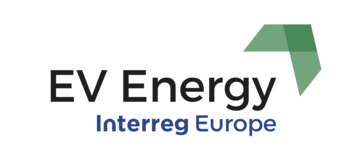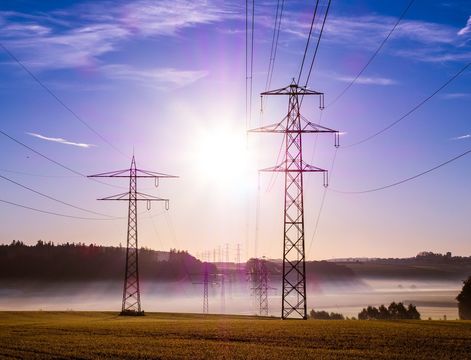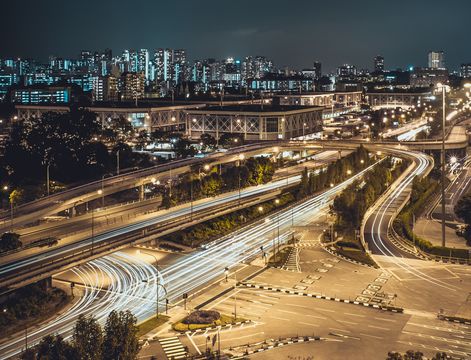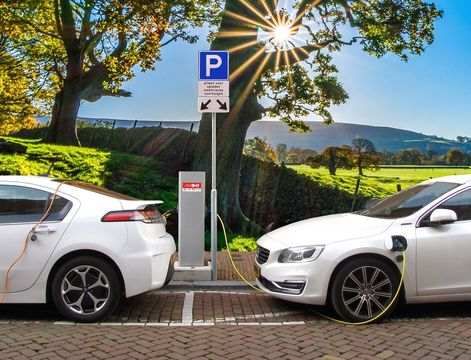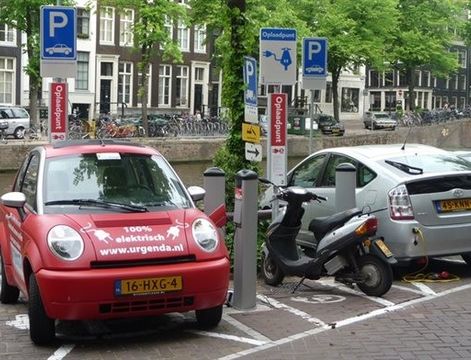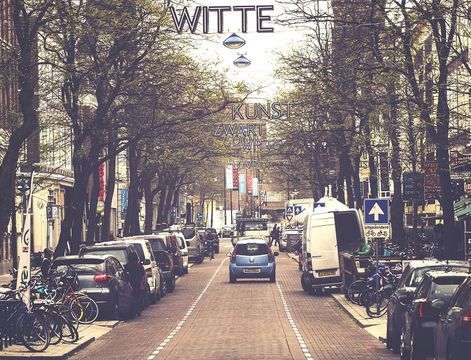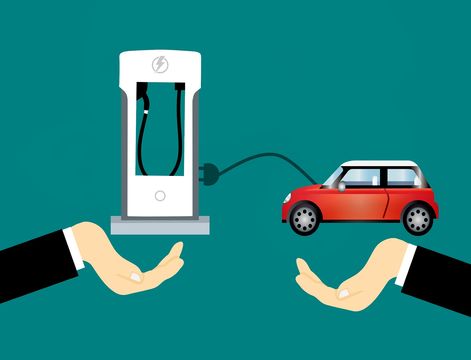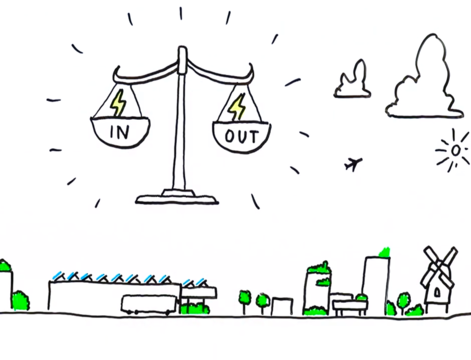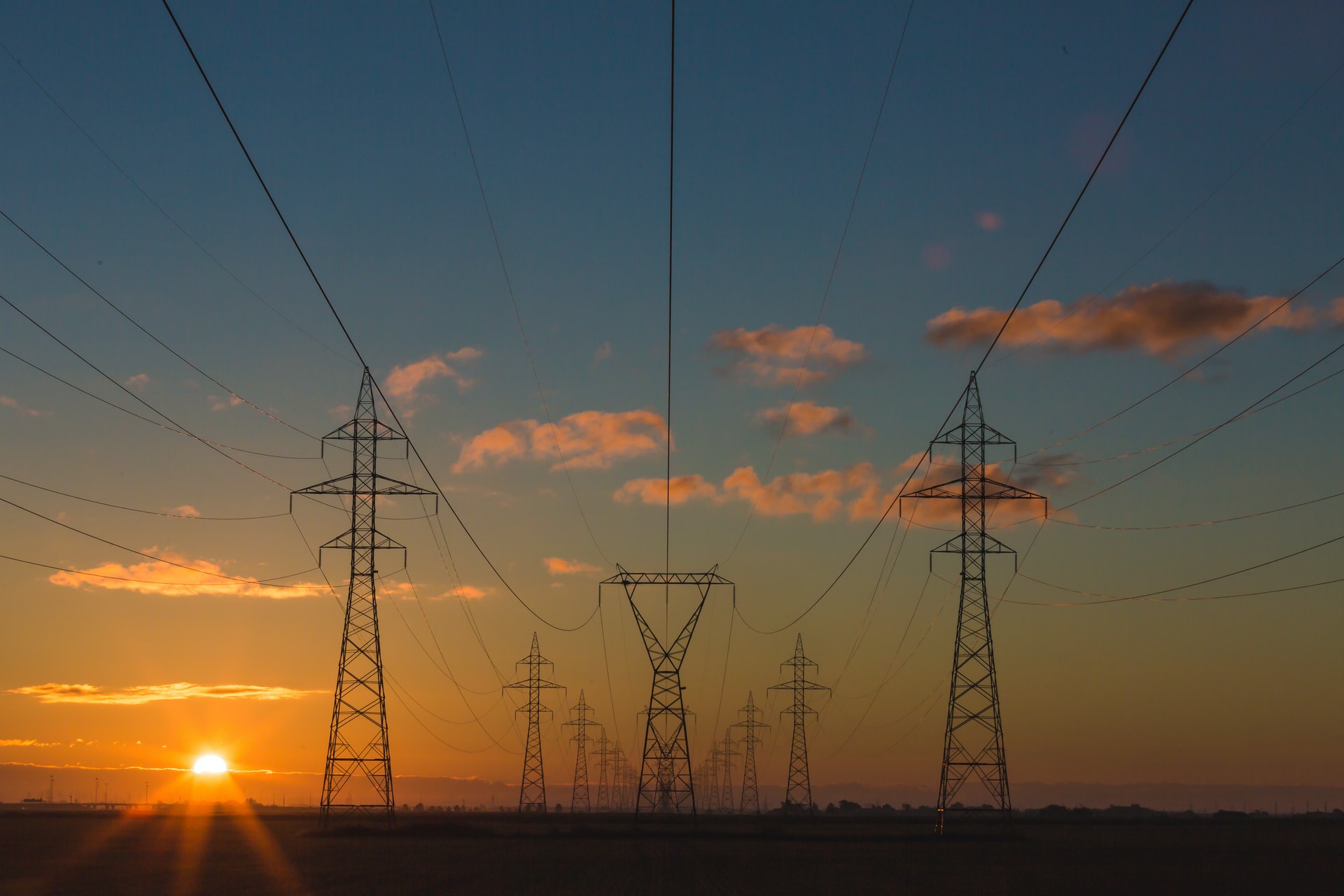The Barcelona Chamber of Commerce held its 2nd Regional Stakeholder Event (RSE) on the 30 November 2017 in its own premises. The most relevant Catalan stakeholders of the energy and mobility sector were present discussing the regional policy context and elaborating on how an identified good practice from Amsterdam - “Smart Charging Amsterdam” from SEEV4-City project - could be transferred to Catalonia. Among the participants were representatives from ICAEN (Catalan Energy Institute), LIVE platform (a private-public knowledge sharing platform for business and policy development), the CEEC (Catalan Cluster of Energy Efficiency) and the RIS3CAT Low Emissions Mobility Community.
“Smart Charging Amsterdam” is a good practice identified by our project partner Green IT Amsterdam in their territory. It has raised special interest among Catalan agents and was therefore one of the main topics discussed during the RSE.
What is this Good Practice about?
Amsterdam Smart Charging starts from the premise that EV use allows to reduce CO2 emissions, as long as the vehicles are charged with energy from renewables. Solar and wind energy are however not produced at all times with the same intensity but depend on the “vagaries of nature”, which unfortunately do not correspond to our time-wise energy and mobility demand. Nevertheless, charging points provide a constant power load at all times during the day. And this is where Amsterdam Smart Charging kicks in: Why not manipulate the charging intensity corresponding to peaks of demand and production and thereby smooth the consumption curve at peak hours and optimise our renewable energy use.
What do the numbers say? - As calculated within this pilot project, implemented at 52 public charging stations, such an adaption would lead to a CO2-reduction of 15t per year until 2020. After that point, however, the estimated energy demand by EVs in the investigated territory will have increased so much, that the positive effects through the implementation of a manipulated charging profile are reversed.
What did Catalan stakeholders comment on the practice?
Catalan Stakeholders were very open to the practice and considered it feasible to transfer it to Catalonia, even though the regulatory framework is not necessarily conducive. Emphasis was placed on problems surrounding energy storage in its different forms, as much locally as on grid level and by the vehicles themselves. This emphasis is due to the very necessity of storage solutions when vehicles are supposed to be actually charged by renewables. And this goes beyond manipulating charging profiles, as done in the good practice from Amsterdam. Why so? Cars are usually in service during daytimes (especially if we picture a shared-car model), when most renewable energy is available and parked, ergo ready to be charged, at night, when especially the sun does not deliver its power.
At the end, stakeholders concluded that the good practice is surely worth to be implemented as a pilot at district level, on a micro-management scale. Nevertheless, its only one small move towards achieving a more sustainable mobility model. Changes need to go way further – starting e.g. by raising awareness among the population.
The meeting was closed with view to the next project meeting in Stockholm, where Catalan stakeholders are invited to meet their correspondents and peers and exchange experience with them on the spot. Some of our key stakeholders already showed their interest to form part of the Catalan delegation to Stockholm and gain new insights from across Europe. In view to the Barcelona meeting in about a year from now, participants already expressed their ideas for possible study visits and further activities, which once more demonstrates the willingness of Catalan actors to advance their regional sustainable mobility policies by learning from the rest of Europe.
